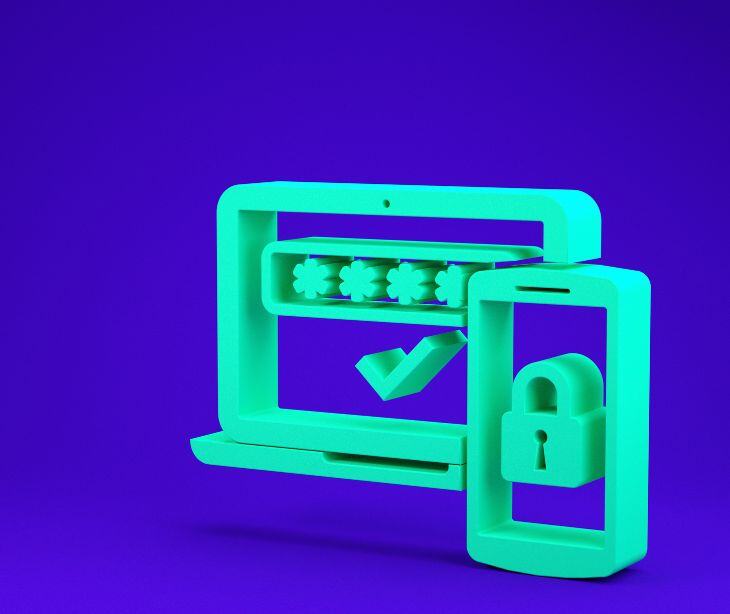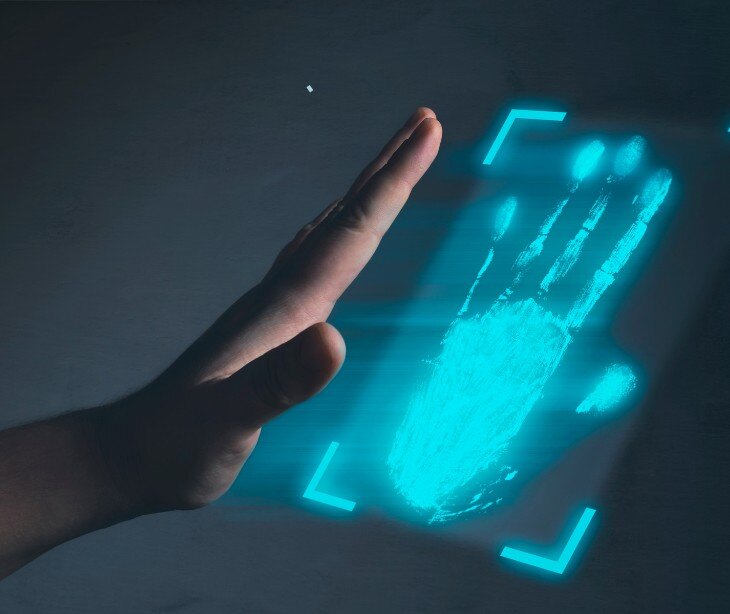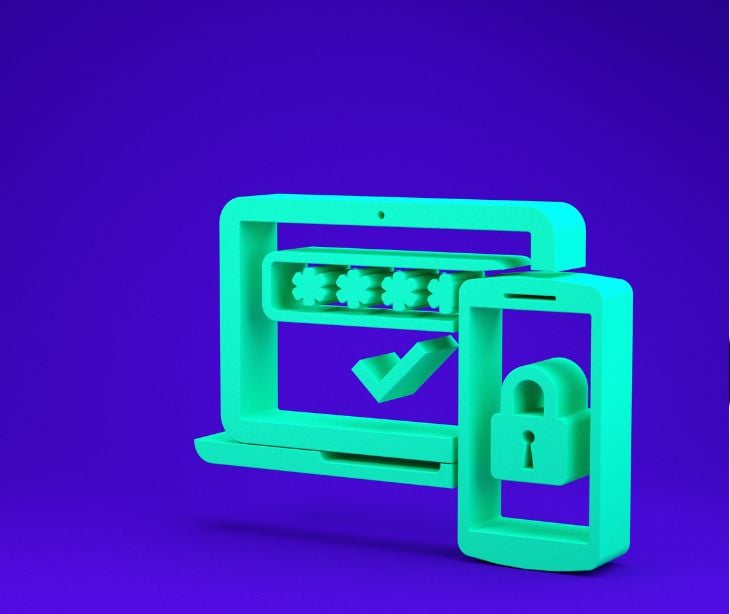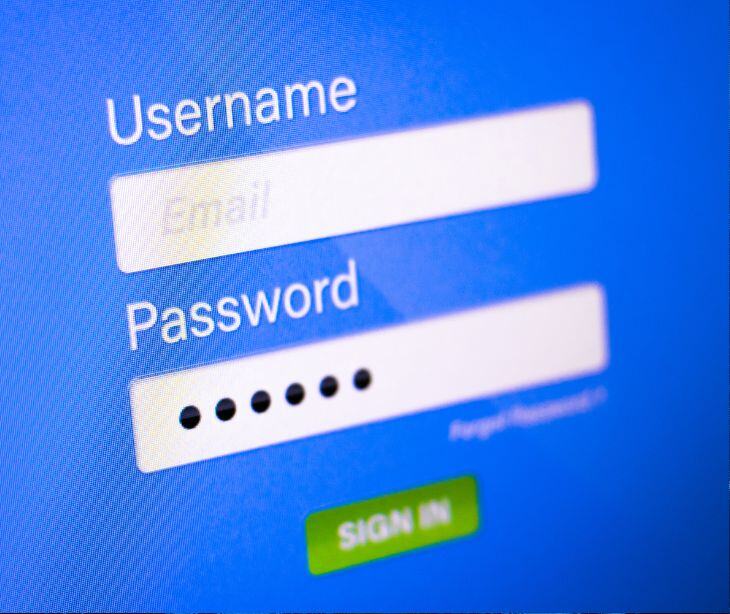
Multi-factor authentication (MFA) is one of the most effective strategies organizations can implement to bolster their cybersecurity defenses. By requiring multiple forms of verification before granting access, MFA significantly reduces the risk of unauthorized access, even when passwords are compromised.
Understanding multi-factor authentication (MFA)
Multi-factor authentication is a security mechanism that requires users to provide two or more verification factors to gain access to an application, account, or system. These factors typically include:
- Something you know: A password or PIN.
- Something you have: A smartphone, security token, or a hardware key.
- Something you are: Biometric data such as fingerprints, facial recognition, or voice patterns.
By requiring multiple forms of verification, MFA makes it much harder for cybercriminals to gain access, even if they manage to obtain a user's password.
The role of MFA in preventing data breaches
Mitigating password-based attacks
A survey by GoodFirms found that 30% of internet users have experienced a data breach due to a weak password. This suggests that passwords alone are no longer sufficient to protect sensitive data. Cybercriminals often use techniques like phishing, brute-force attacks, or credential stuffing to steal or guess passwords. MFA adds an additional layer of security by requiring a second factor, which dramatically reduces the effectiveness of these attacks. Even if an attacker manages to obtain a password, they would still need the second factor to access the account.
Protecting against credential stuffing
Credential stuffing involves using stolen usernames and passwords from one breach to attempt to access other accounts. Since many users reuse passwords across multiple sites, this can be highly effective for attackers. MFA helps protect against credential stuffing by ensuring that even if a password is compromised, the account remains secure unless the attacker also has access to the second factor.
In the news: Roku: More than 15,000 accounts breached
Securing remote access
As remote work becomes more prevalent, securing remote access to corporate networks and applications has become increasingly important. To accomplish this, MFA provides a means of verifying the identity of remote users and ensuring that only authorized individuals can gain entry into company resources.
Enhancing compliance and regulatory requirements
Many industries are subject to strict regulations regarding data protection, such as GDPR, HIPAA, and PCI-DSS. Implementing MFA can help organizations meet these regulatory requirements by providing an additional layer of security for sensitive data.
Providing real-time alerts
MFA systems often include features that notify users of authentication attempts in real time. This allows organizations to detect and respond to suspicious activities promptly, potentially stopping a breach before it happens.
Best practices for implementing MFA
- Educate and train employees: Employees should be educated on the importance of MFA and trained on how to use it effectively. This includes recognizing phishing attempts and understanding the role of MFA in protecting their accounts.
- Adopt MFA across all critical systems: MFA should be implemented across all critical systems, including email, VPNs, cloud services, and any other applications that store or process sensitive data. Prioritize systems that are most vulnerable to attacks.
- Choose the right MFA method: Different MFA methods offer varying levels of security. While SMS-based MFA is better than nothing, it is more vulnerable to attacks like SIM swapping. Consider using more secure methods, such as authenticator apps, hardware tokens, or biometric authentication.
- Regularly review and update MFA policies: Cybersecurity threats are constantly evolving, so it’s important to regularly review and update your MFA policies to ensure they remain effective. This includes assessing the latest MFA technologies and considering new threats.
- Integrate MFA with other security measures: MFA should be part of a broader cybersecurity strategy that includes firewalls, encryption, intrusion detection systems, and regular security audits. By integrating MFA with other security measures, organizations can create a comprehensive defense against data breaches.
FAQs
What types of MFA methods are available?
Common MFA methods include:
- SMS-based verification: A code is sent to your phone via text message.
- Authenticator apps: Apps like Google Authenticator or Authy generate time-based codes.
- Hardware tokens: Physical devices that generate authentication codes.
- Biometric authentication: Using fingerprints, facial recognition, or other biometric data.
- Push notifications: Authentication requests are sent to your smartphone for approval.
What are the challenges of implementing MFA?
Some challenges include user resistance due to the perceived inconvenience, the cost of deploying more secure MFA methods like hardware tokens, and the need for ongoing management and education. However, the security benefits far outweigh these challenges.
Read also: FAQs: Multi-factor authentication (MFA)
Subscribe to Paubox Weekly
Every Friday we'll bring you the most important news from Paubox. Our aim is to make you smarter, faster.



